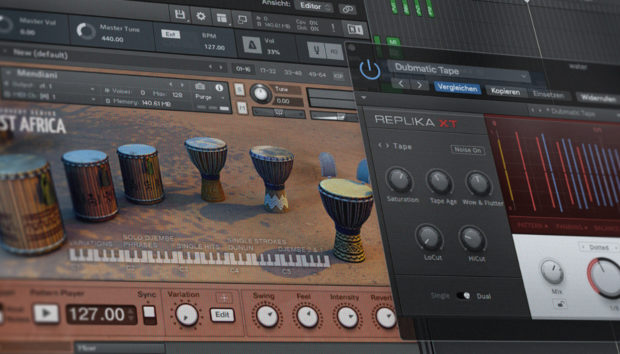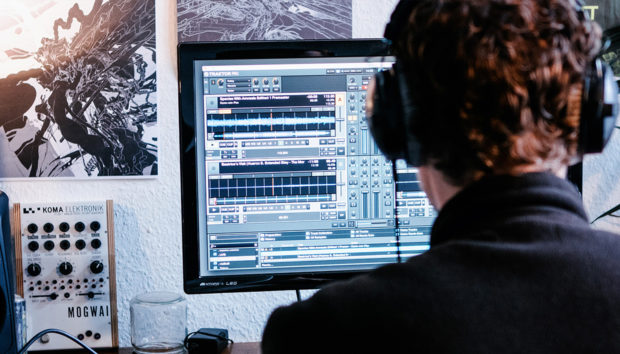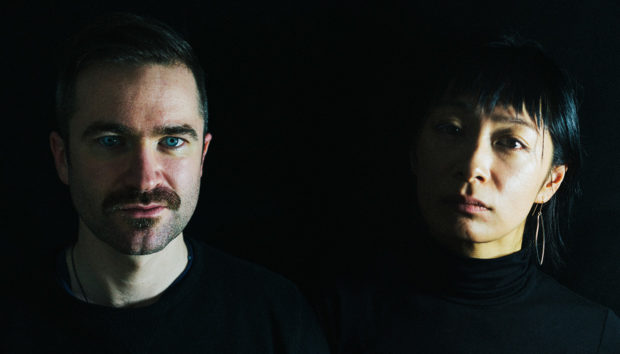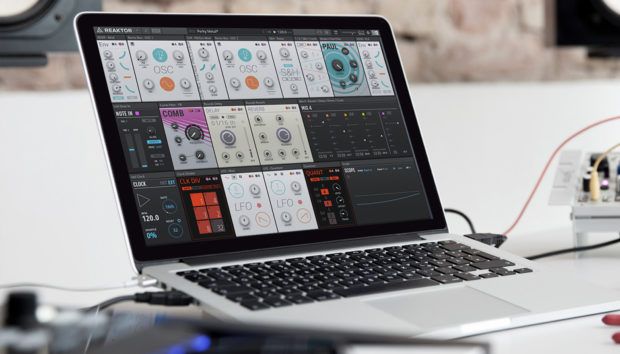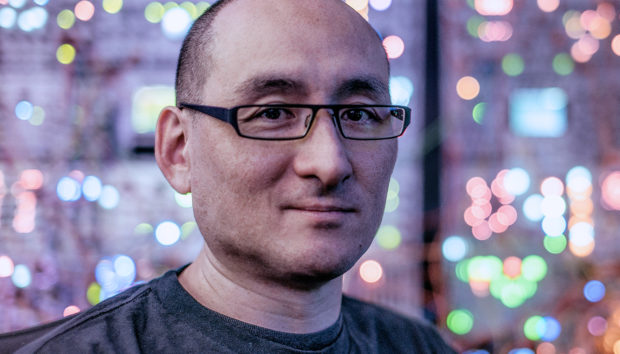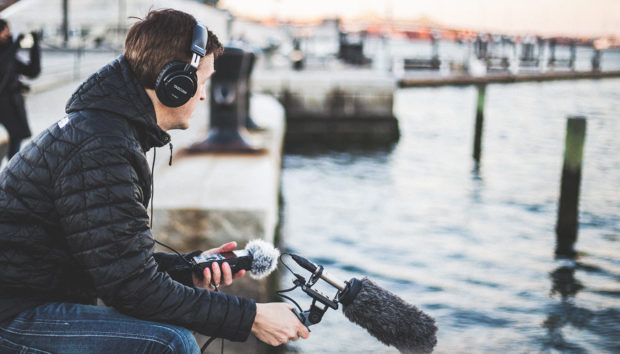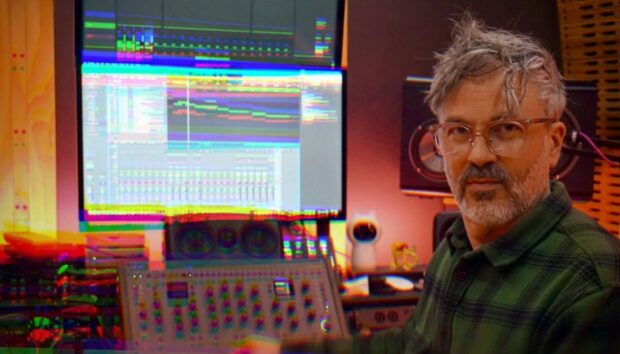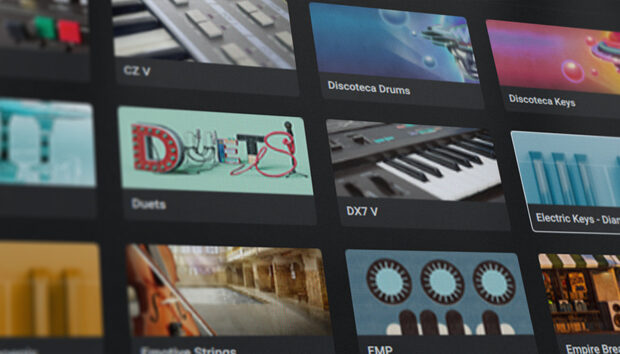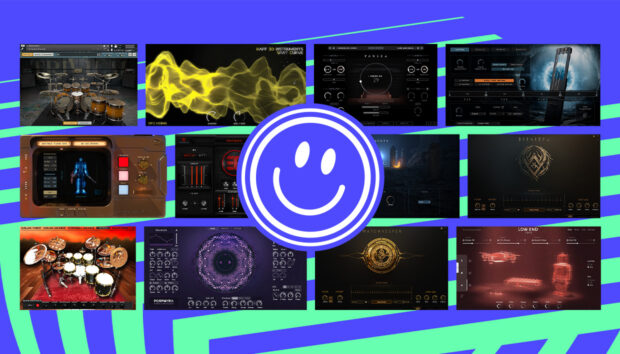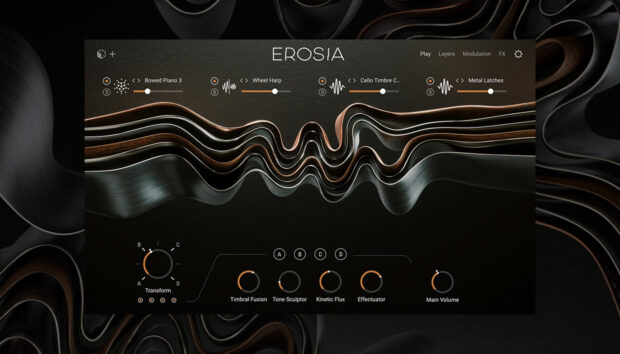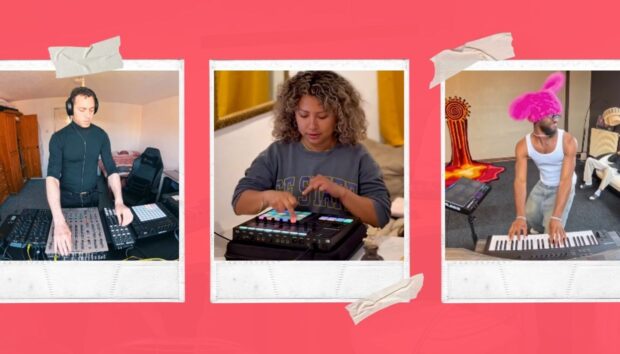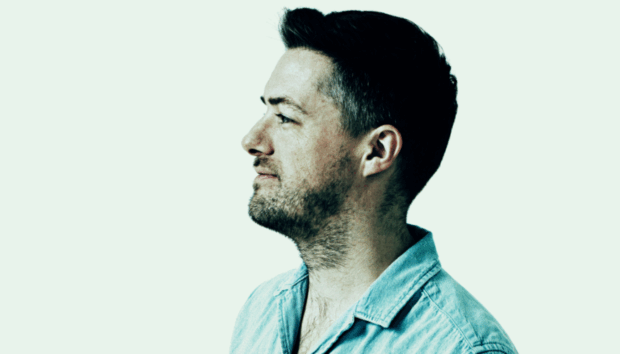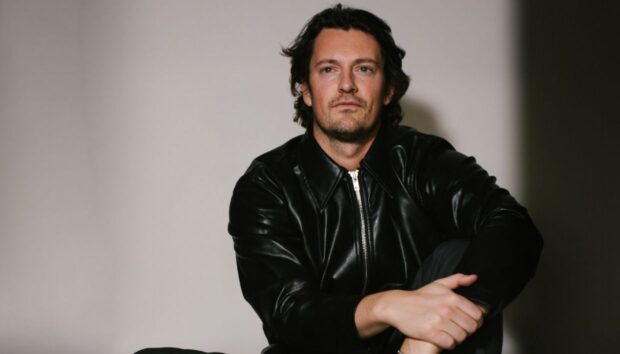Modestep’s new single “Shutting Down” kicks off a bold chapter in their sound, blending industrial synths, live guitar, and hyper-compressed drums into a hybrid format built for high-pressure sets. Released back on March 28, the track marks the beginning of a new era for the long-running UK project, who first broke out with their chart-topping debut Evolution Theory and have since played to crowds at Glastonbury, Coachella, EDC, and Woodstock Poland.
The song’s palette is dense and high-gain but deliberately sculpted. In this interview, we break down how Massive helped shape the core tones of “Shutting Down,” how Modestep keeps aggressive layers balanced with emotional pacing, and why their workflow still revolves around fast recall and macro-based performance tools.
Jump to these sections:
- Why Massive still anchors Modestep’s sound design after 10+ years
- The role of preset organization and macros in staying creative
- EQ and mid/side strategies for combining synths and real guitars
- Avoiding midrange mud and prioritizing vocal clarity
- Advice for building aggressive layers that leave space for emotion
Let’s get into it.
You’ve been producing for well over a decade – what keeps Massive in your rotation after all these years?
With almost every genre since electronic music started, we’ve had a groundbreaking synth that has been associated with it.
For anyone making dubstep when it first started becoming popular around 2009, being able to manipulate sounds was key in creating your own signature sound. Although we had a couple of soft-synth options at the time, Massive, with its unique approach to wavetable synthesis, became the synthesizer that defined that era of dubstep.
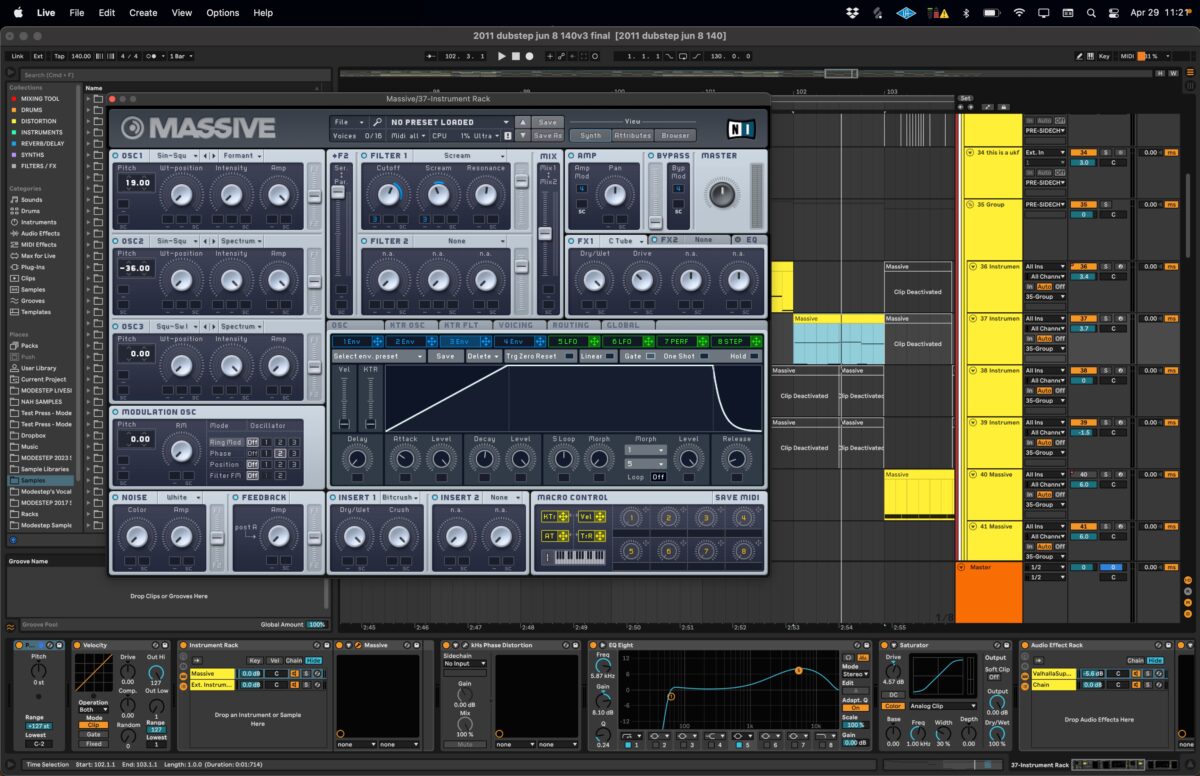
It was the first synth that people started sharing patches for online, as the internet was now getting to the point where communities and resources started flourishing, it became the first synth with a huge global community of people developing techniques for it.
Any time I want to get things to sound like that era, nothing beats it!
What role did Massive play in the sound palette for a track like “Shutting Down?”
After over a decade of using Massive, I have a large arsenal of personal presets.
Being able to quickly go through them and try out different leads and basses that I have stored away means I can lock into the direction of the track quickly. I spend a lot of time designing sounds in sound design sessions, and once I’ve got a sound where I want it, I assign macros so that the sound can easily be changed on the fly.
Spending time doing that away from making music means that when it’s time to get the idea down fast, I have a pallet of ready-to-go sounds that can be easily manipulated without having to break my creative flow, which can easily happen when getting into the details of sound design.
That workflow was key in writing “Shutting Down” – the song was written and produced in two days.. that wouldn’t be possible if I had to make every sound from scratch while also trying to get the idea down.
Do you ever push Massive into totally broken territory, or does the control keep it playable?
There are quite a lot of synths out there that I use specifically because they are great at being broken, and produce weird and non-musical sounds that are great for sound design. The beauty of Massive (unlike a ton of other synths) is the results are often very musical. I think this is why it has such a unique harmonic signature and why it became so popular.

Although I’m sure it can be broken, I tend to use it for what (in my opinion) it’s best at, and that is being able to warp and manipulate the sound while still keeping it musical and in a pleasant harmonic range.
How do you make synths from Massive sit well next to real guitars or vocals without clashing?
It can be quite difficult to find a balance with guitars and synthesizers as by default they do take up quite a similar space in the mix. I try to arrange songs so that things aren’t usually taking up the same space within the arrangement, but sometimes it can’t be helped. In those scenarios, I try to place them within different areas of the mix.
Mid/side EQ is your friend in these situations too; I’m always soloing the mids and sides and mixing them independently so that the mid contains all the power and the sides have all the extra details that provide the depth.
There are a ton of really smart spectral plugins now that allow you to sidechain certain frequencies against others and that has also been key in making things sound full when typically two sounds might clash. Recently, I’ve been experimenting with spectral morphing plugins that take both signals and combine them together to make one sound, you can get really interesting and creative results that way.
How do you prevent reverb from overwhelming the mix and maintain clarity?
The mid-range of songs can really make or break a mix. One thing that really helped me was upgrading my listening environment. It’s very hard to mix something that you can’t hear and I find that the majority of monitors do not reproduce mid-range very well.
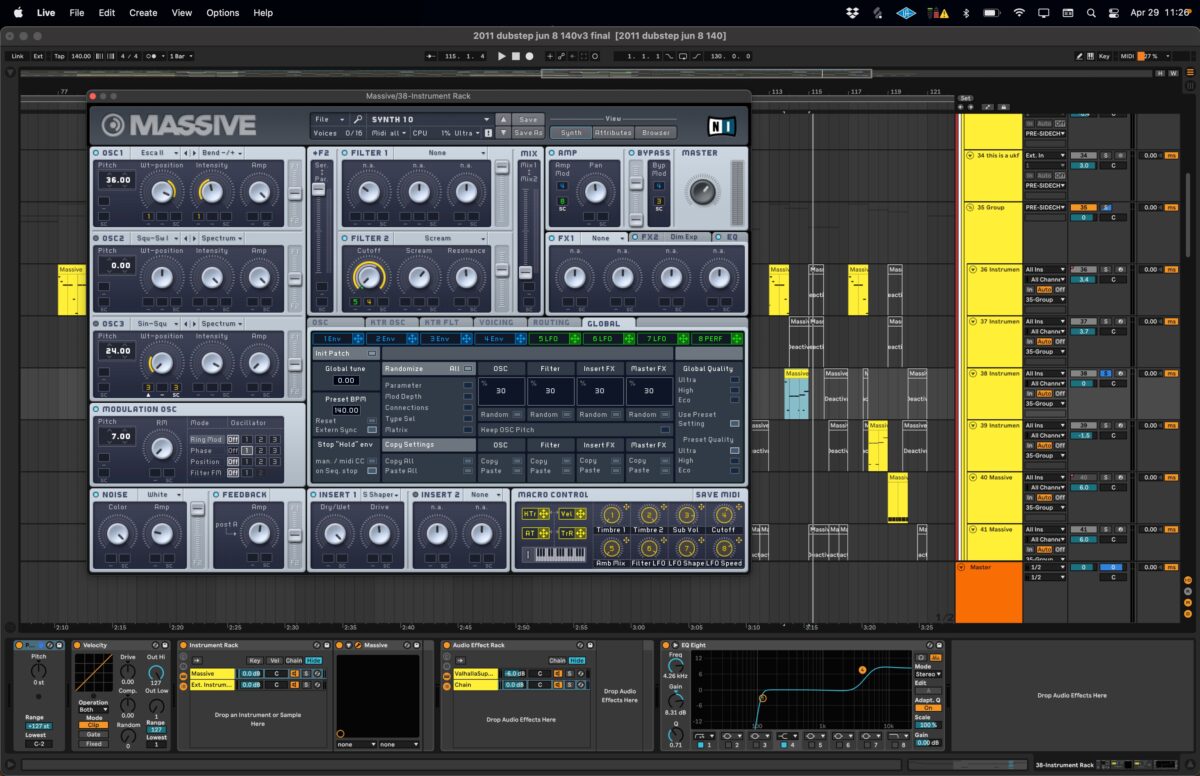
If that isn’t an option, I’d recommend getting used to a spectral analyser. I have one on my master that I’m looking at the whole time, and now can identify any problems in a mix even if I’m just listening on my laptop speakers.
Most sounds I use are very strong in the mid-range and I’m constantly prioritising what needs to be heard within that frequency range, and either low-cutting entirely or sidechaining frequency bands so that there is a pecking order to what comes through the loudest. Compression also plays a key part in gluing all those elements together.
I find if you just low-cut but don’t compress things together at all, then you lose some of the cohesiveness that the elements had before the low-cut.
What advice would you give to producers trying to build big, aggressive synth layers that still leave space for vocals and emotion?
Arrangement is your friend.
Huge distorted basses sound great, but getting them to sit alongside a pretty vocal can sometimes be impossible, and it doesn’t make sense musically for things all to be playing at once.
Pick and choose the right moment to let each sound have its time in the song, it’ll make your life a lot easier and will let the sounds shine. Arranging sounds so they have their own place within the song is the most ideal way to bring such contrasting elements together… and if they have to be played together use all the amazing modern tools available to you to try and let them sit within their own space in the mix.
I also aggressively cut unnecessary frequencies from every sound, especially mid and very high frequencies. You’d be surprised at how much you can cut out without your ears ever missing it.
Start building synths with smart arrangement techniques
Massive still plays a central role in Modestep’s workflow.
It’s the engine behind some of their most aggressive and emotional sounds, including on their latest single, “Shutting Down.” With a deep library of presets, mapped macros, and a proven sound palette, it’s not just about familiarity but about speed, reliability, and creative momentum. Whether they’re building heavy layers or sculpting distorted bass to sit next to guitars and vocals, Massive stays locked in as a go-to.
Even with so many new tools available, the trust built over a decade of use still makes a difference. There’s no second-guessing the results. And when a song needs to come together in two days, that kind of speed matters.
